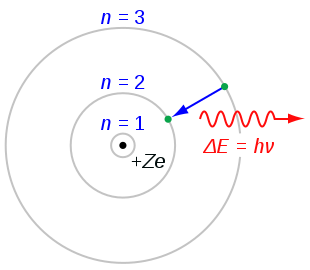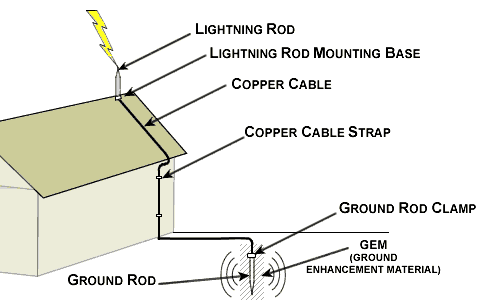The year 2020 perhaps, more than any other year, tested our resilience and leadership skills. We learned to be flexible and adaptable through numerous lockdowns brought on by a global pandemic. We exhibited a more altruistic response to social responsibility by wearing masks to protect ourselves and our fellow citizens. We stretched our critical thinking and problem-solving abilities to become media literate and decipher through disinformation in search of truth. We expanded our technology competencies to keep our schools and economies functioning, shifting the way we communicate our oral and written word.
Our global awareness raised as we painstakingly watched the collective human experience unfold across the globe, with greater interest in how people were faring, but also how they were gaining ground. BUT not only! There was greater light shed on social justice issues that plagued every country from climate change and gender rights, to political strife and economic inequality, to migration. It also was a year of INITIATIVE and a year of PERSONAL GROWTH.
This is how our PeaceJam Youth Mentors took initiative in 2020, strengthening their cacacity as young changemakers.
As the refugee crisis continued to grow, PeaceJam Greece Mentors focused their service work on empowering young unaccompanied refugee minors through the wisdom and example of our Nobel Peace Laureates.
The PeaceJam Community Group : Comprised of high school and college students , this core team was developed to provide access to students not engaged in a school program. Nearly 50 youth were trained in the Compassion In Action Curriculum to be mentors to underprivileged youth. They spent every Sunday, providing peacejam workshops , alternating between the boy’s and girls’ shelter for unaccomoanied refugee minors under the protection of the Home Project.
Pughad Refugee Girls’ Shelter: Empowered by the life stories of PeaceJam’s Nobel Peace Laureate Women, each visit unfolded the cultural layers of what it is to be a woman, mother, sister, friend, but also, a member of a community that can create, excel, unite and lead change in the world. In paired mentor teams, using google translate to communicate in Somalian, Dari, Farsi, French, and minimal English, local and refugee youth, discovered that compassion reinforces what words cannot convey and is the building block of social inclusion and community building. Students’ call to action facilitated, the Sock Puppet Project and drives for food and clothing, books and art supplies, and baby items for teenage mothers.
Socrates Refugee Boys’ Shelter: Our second year at the boys shelter, strengthened the leadership and mentoring skills of our college students, but also the refugee youth, who began to co-lead workshops with PeaceJam Mentors, while serving as translators and mentors to newer refugee youth in the shelter. We also implemented EIMAI career orientation workshops to help youth identify their “best fit” career and a plan for reaching their goals. One success story was a boy from Guinea who who found his calling through PeaceJam and, confirmed through his career test, he was a great fit for international relations. With dedicated effort, he received a full scholarship to study international relations at a top university in France. The repeated rejection of his application for asylym, however, which meant deportation, prompted PeaceJam mentors and his school peers to start a petition that would reach the desk of the French Prime Minister himself. Publicity and the legal team helped reverse the decision. Today, he is a first year student at Science Po and one of PeaceJam’s European Youth Leaders!
International Olympics Truce Comittee (IOTC): In a sustained effort to support access and social inclusion to the Home Project Youth, EIMAI and PeaceJam Greece partnered with the IOTC bringing together refugee youth and PeaceJam mentors with Olympic Medalists to provide an athletic program in olympic sports such as Judo, Handball, Track and Field. Gaining access to major athletic facilities, and being coached by compassionate Olympic athletes was another crowning moment of the year, in the spirit of peace, education, culture and athletics.
Refugee Youth-Led Initiatives : PeaceJam mentors also played a vital role in supporting two refugee youth projects, despite their confinement in camps and covid lockdowns. CovidMediaInfo.Org, was developed by a 14 year old refugee boy from Iran who wanted to inform refugees about covid because they lived in overcrowded camps, with little safety or information to protect themseves. College mentors studying computer science helped advance his project, EIMAI sponsored the SSO website, cell phone, laptop, and domain name together with Vodafone Argyroupolis. It has been translated in 5 languages and shared with refugee camps and organizations with more than 20,000 hits. World.Com was developed by a 16 year old boy from Afghanistan to connect refugee youth around the world so they could support eachother and give back by teaching coding skills that will imporve their prospects for the future. Both boys participated in the 2020 Pan European PeaceJam Conference and were awarded for the Laureates of the Future Program . The “You Can Do It” Campaign by students from 2 public schools developed an inspirational video to support other youth during lockdown, inspired by their participation in the 2020 PeaceJam Pan European Conference.
Pan European PeaceJam Conference: The persistent and unpredictable lockdowns in countries across the globe, particularly impacted our first Pan-European conference, supported by a multiple country Erasmus+ grant that brought together PeaceJam affiliates from the UK, Belgium, Netherlands, Romania, Luxembourg . In the spirit of resilience and adapting to the times, together we successfully hosted a 4-day conference, November 11-14th, and established a newly formed European Youth Team that invited workshop leaders from Europe to address issues on the environment, education, health, migration. The winner of the Kid’s Right’s Children’s Peace Prize winner also inspired youth . Our invited U.S. Nobel Peace Laureate, Jody Williams opened dialogue on nuclear disarmament and encouraged youth to stay optimistic and actiive in their advocacy to change the world.
Online Curriculum Development: As youth and schools in Greece met major challenges to adapt to online learning, we stepped up and aligned the PeaceJam Program to an online format, providing the opportuntity to continue PeaceJam Programming without interruption.
As the new year unfolds, we look forward to following the footsteps of our Nobel Peace Laureates to mentor youth in ways that build resilience, perspective, compassion and competencies to change a world that we share and are responsible for shaping!
THE TEAM@
PEACEJAM GREECE
EIMAI NEOS

















